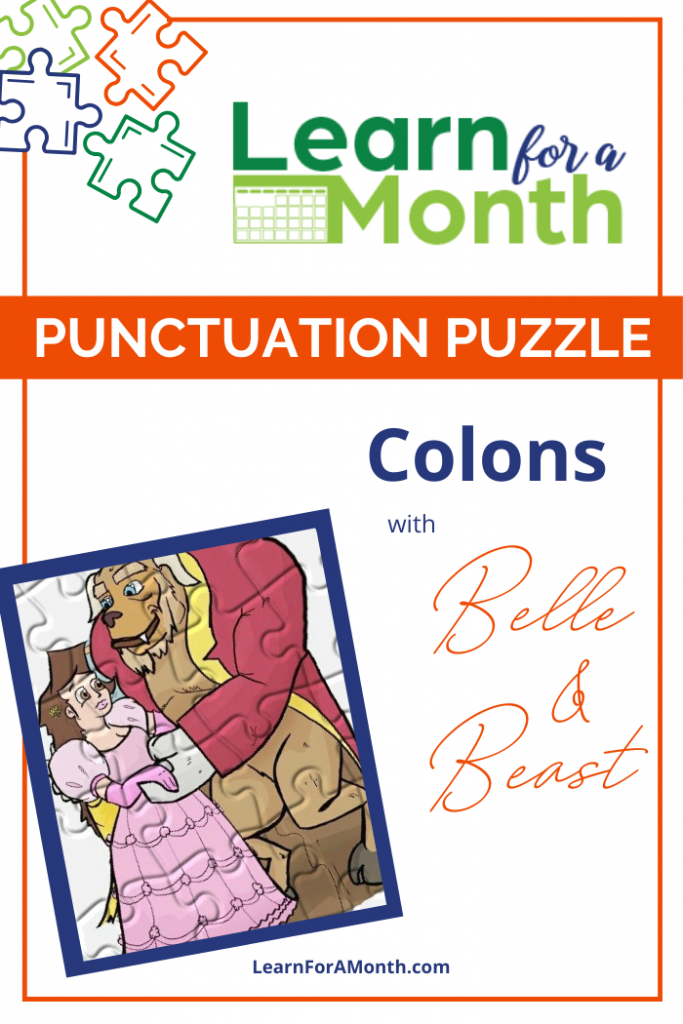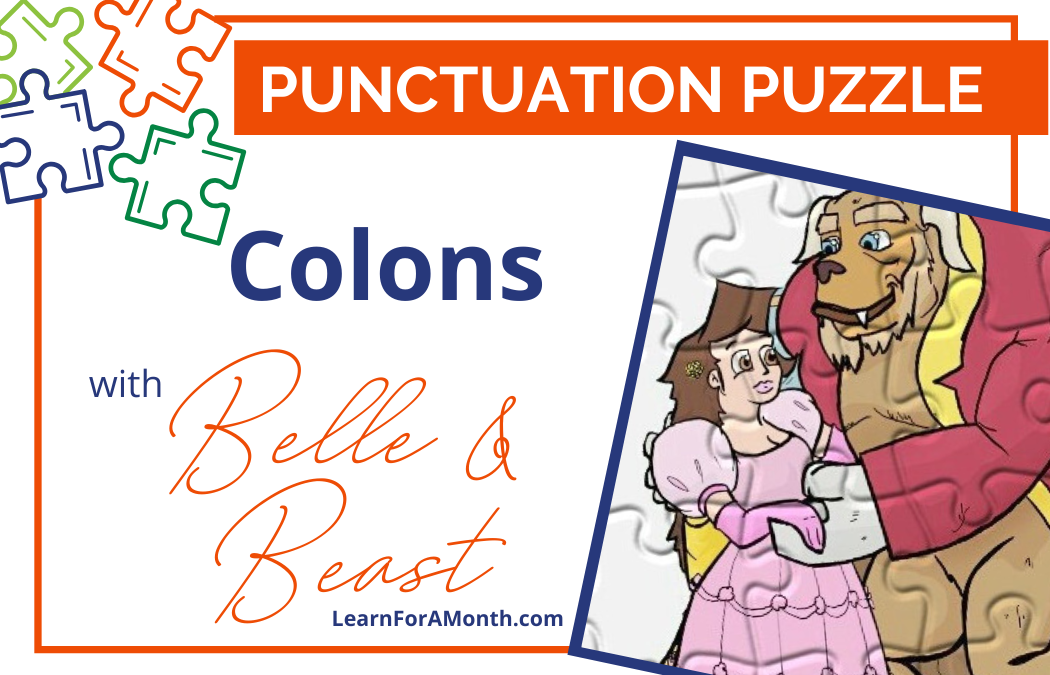Colons are seriously hard! If people use them at all, they often use them wrong. Generally speaking, people use colons following a speech tag in two instances (both of which are incorrect):
a. Following any speech tag— Donna said: “This is how you use colons.”
b. Following a long speech tag (they automatically think a long speech tag warrants a colon following it)— Donna, while teaching ten high school boys in mid-May, said: “This is how you use colons.”
Here’s some of the scoop before Zac gives you a run for your money with his colon puzzle! 🙂
1. You want to learn how to use colons. That skill will make you look smart since so few people know how to use them properly!
2. You should always have a complete sentence on the left side of the colon:
a. This means that it CAN be used following a speech tag (before your quoted words) IF the speech tag is a complete sentence:
i. Yes–HE SPOKE WORDS OF COMFORT: “You can get through this. You are strong. I know you can make it.” (Words on the left of the colon could stand alone; you could place a period there, and it would be a real, complete sentence.)
ii. No: HE SAID: “You can get through this. You are strong. I know you can make it.”
b. This means that it CAN be used to introduce a list IF the introduction to the list is a complete sentence:
i. Yes: I NEED SEVERAL THINGS FROM THE STORE: milk, bread, eggs, and bananas.
ii. No: I NEED TO GET: milk, bread, eggs, and bananas.
c. This means that it CAN be used to ask a rhetorical question IF the words preceding the colon make up a complete sentence:
i. Yes: WE LOOKED FOR HIM EVERYWHERE: suddenly he appeared!
ii. No: WE LOOKED AND: suddenly he appeared!
Zac explains all of this and more with examples from our sample Beauty and the Beast writing books! Enjoy!

Instead of a Beast, ruins, and talking household objects: Belle perceived a prince, a castle, and servants. Everyone was overjoyed by the transformation: Belle, the prince, and the servants.
The answer?
Instead of a Beast, ruins, and talking household objects, Belle perceived a prince, a castle, and servants. Everyone was overjoyed by the transformation: Belle, the prince, and the servants.
Colons
1. In this sentence, our problem relates to one piece of punctuation: the colon. Yes, a colon is what I just used at the end of that sentence. It’s the symbol that looks like a period above a period (:).
2. How is a colon used? Well, the most important rule to remember in regard to colons is that a colon must follow a complete sentence.
Example:
Incorrect –
Because of his selfishness: the prince was turned into a Beast.
(Because of his selfishness is not a complete sentence, so we cannot use a colon and must instead insert a comma after this phrase.)
Correct –
This prince was incredibly selfish: a beggar with a beautiful rose revealed that.
(This prince was incredibly selfish is a complete sentence, so a colon can be used after it to introduce another sentence.)
3. Diving into the specifics, colons are always used to introduce. They can introduce three types of information:
i. A list of three or more items – The beggar staggered along through the miserable weather: the cold, the snow, and the sleet.
(Colon at end of sentence introduces the cold, the snow, and the sleet [three items].)
ii. A subject or topic when the first half introduces or anticipates the second half – Then, the beggar threw off her cloak to reveal her true identity: she was an enchantress.
(NOTE: Although it must have a complete sentence behind it, the colon can introduce anything, complete sentence or not.)
Example —
We could rewrite our previous sentence as, Then, the beggar threw off her cloak to reveal her true identity: an enchantress. The colon usage is still correct, even though the words, an enchantress, do not form a complete sentence.
iii. A quotation—when the speech tag is long, detailed, and a complete sentence – The enchantress pronounced her judgment in a thundering voice: “You shall be a beast!”
4. The one other aspect to remember about colons is the three places where colons cannot be used.
i. After a short speech tag – NO—The Beast roared: “How dare you enter my castle!”
ii. After a preposition – NO—He came around the corner only to run into: the Beast.
iii. After a verb that could contain an object (often called a transitive verb because it TRANSfers the action to an object) – NO–The Beast gave: a loud roar and a muffled grunt.
5. Now let’s investigate our original problem sentence:
Instead of a Beast, ruins, and talking household objects: Belle perceived a prince, a castle, and servants. Everyone was overjoyed by the transformation: Belle, the prince, and the servants.
6. In the first sentence, we should not use a colon after Instead of a Beast, ruins, and talking household objects because this phrase is not a complete sentence and a colon must follow a complete sentence.
7. The second sentence can remain the same as the colon usage falls under the second valid use for colons.
Instead of a Beast, ruins, and talking household objects, Belle perceived a prince, a castle, and servants. Everyone was overjoyed by the transformation: Belle, the prince, and the servants.
Today’s Punctuation Puzzle sentence comes from a student writing assignment found in the Beauty & The Beast Twice-Told Tale.


Trackbacks/Pingbacks